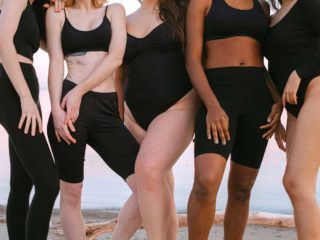Social media content is about connecting people and creating communities – which is why representation is so vital. A lack of representation or accessibility excludes, shames and alienates people. Thankfully, we’re seeing change happen, slowly, yet surely with more inclusive social media content. This change is mostly driven by Gen Z content creators, with brand and platforms trying to keep up.
In January 2021, we looked at why inclusivity matters when it comes to social media content and at the time, we were seeing interesting things happening over on TikTok with skinfluencers and fashion influencers, where inclusivity was by default.
Over the course of the last year, audiences (and especially Gen Z) have continued to signal the importance of inclusivity in marketing and inclusive social media content, and other social media platforms are starting to make changes:
- Twitter introduced #TwitterPrism in October 2021. Its aim is to help brands develop more inclusive marketing strategies by doing things like connecting brands with people from “historically marginalized communities” and co-create campaigns that are more relevant and representative of different communities.
- As of March 2022, Twitter is also working on ways to sign post ALT text on images more prominently – making accessibility more visible.
- Instagram also took a step to becoming more inclusive when it included a pronoun field on profile pages in May 2021.
It goes without saying that Gen Z content creators are still leading the way when it comes to creating content that’s both diverse and accessible. That is why we’ll continue to see more social platforms make changes to increase diversity and accessibility as they run to keep up with these users.
You can’t have inclusive social media without accessibility
Inclusive social media means making content both accessible and diverse. People need to be able to access content, but they also need to be represented by that content.
Gen Z holds this as a basic expectation and WILL hold your brand to account if they judge it to be lacking.
What they want to see is diversity embraced and represented in all of its forms. We’ve seen brands think more about racial diversity in the context of the Black Lives Matter movement. Some brands are trying to be more representative when it comes to body shape diversity. But there’s still a way to go in other areas – for example, in representing a diversity of genders and ages in advertising and in representing neurodiverse people.
At its core, social media content is about connecting people and creating communities – which is why representation is so vital. A lack of representation or accessibility excludes, shames and alienates people. Want to engage people? Show them that they are seen and understood.






Leave a Reply